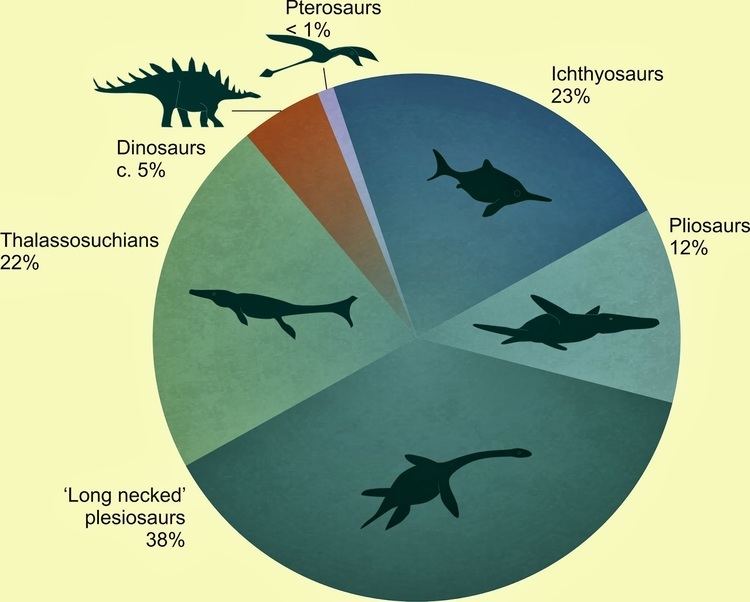 | ||
The Oxford Clay Formation is a Jurassic marine sedimentary rock formation underlying much of southeast England, from as far west as Dorset and as far north as Yorkshire. The Oxford Clay is of middle Callovian to lower Oxfordian age and comprises 2 main facies. The lower facies comprises the Peterborough Member, a fossiliferous organic-rich mudstone. This facies and its rocks are commonly known as lower Oxford Clay. The upper facies comprises the middle Oxford Clay, the Stewartby Member, and the upper Oxford Clay, the Weymouth Member. The upper facies is a fossil poor assemblage of calcareous mudstones.
Contents
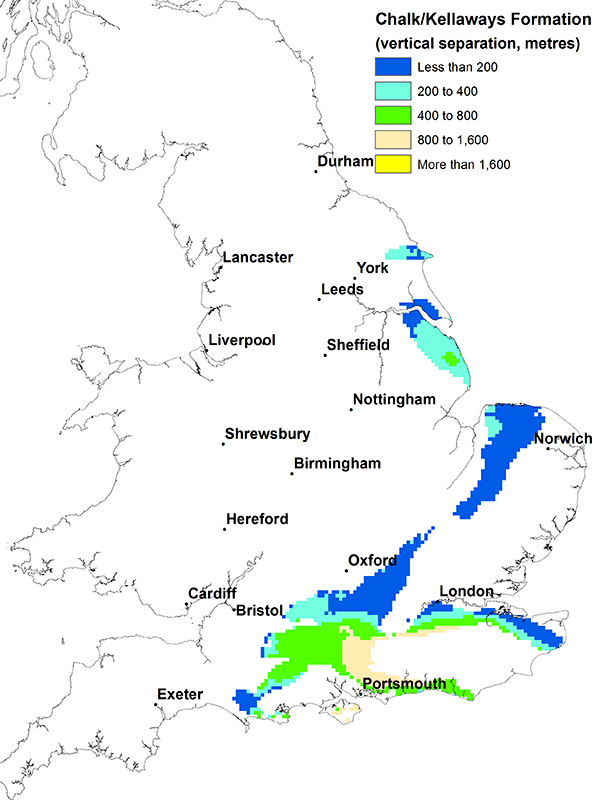
Oxford Clay appears at the surface around Oxford, Peterborough and Weymouth and is exposed in many quarries around these areas. The top of the Lower Oxford Clay shows a lithological change, where fissile shale changes to grey mudstone. The Middle and Upper Oxford Clays differ slightly, as they are separated by an argillaceous limestone in the South Midlands.

The Callovo-Oxfordian Clay also occurs in the Paris Basin (France) and it is a potential host formation to dispose high-level radioactive waste in France.
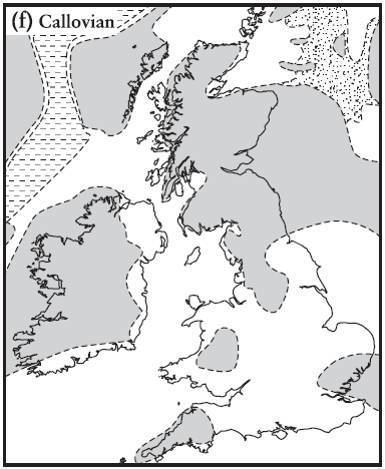
Palaeontology
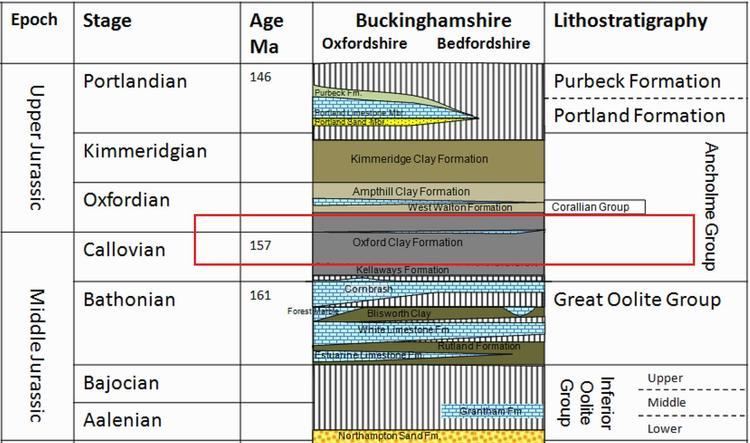
The Oxford Clay is well known for its rich fossil record of fish and invertebrates. Many of the fossils are well preserved, occasionally some are found exceptionally well preserved. Animals which lived in the Oxford Clay Sea include plesiosaurs, marine crocodiles, ichthyosaurs, cephalopods (such as belemnites), bivalves (such as Gryphaea), and a variety of gastropods. Dinosaur eggs are stratigraphically present in the Lower Oxford Clay. Geographically, they are located in Cambridgeshire, England.
Ornithischians
Indeterminate euornithopod remains stratigraphically present in the Lower Oxford Clay and geographically located in Cambridgeshire, England.
Uses
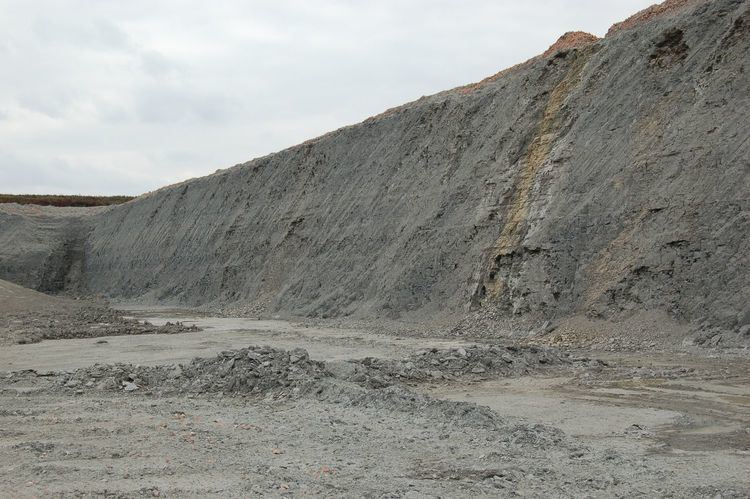
Oxford Clay has a porous consistency and is soft and is often used in the making of roads. It is also the source of the Fletton stock brick of which much of London is built. For brick making, the Oxford Clay has the advantage of containing carbon which provides part of the fuel required in firing it so reducing the requirement for an external fuel source.
